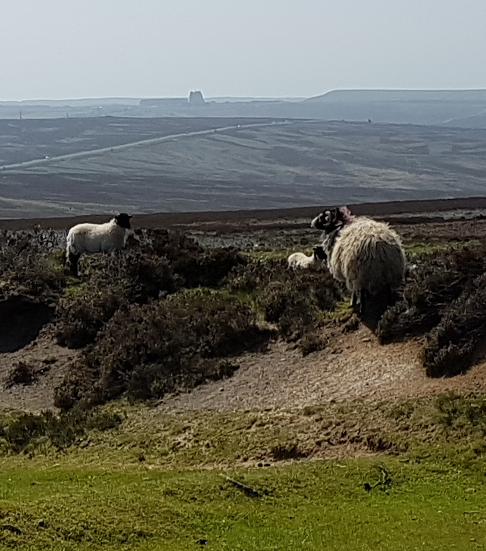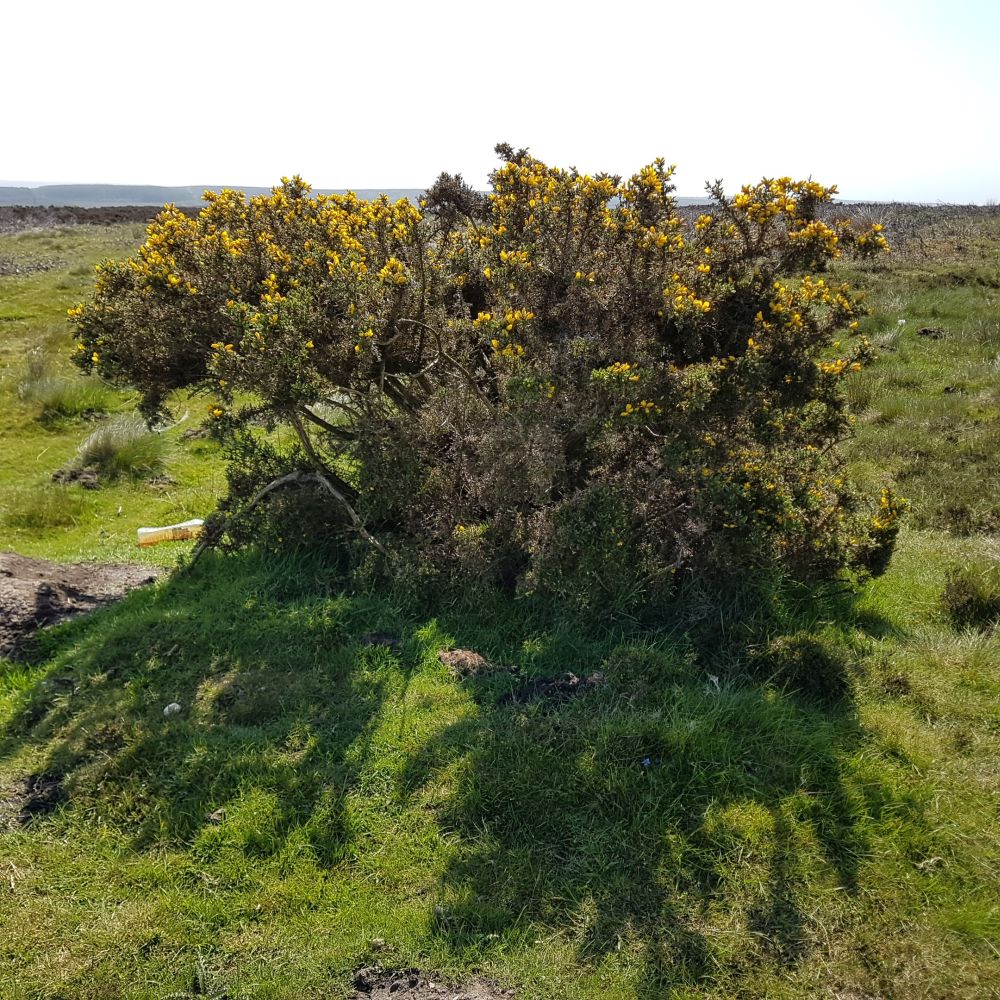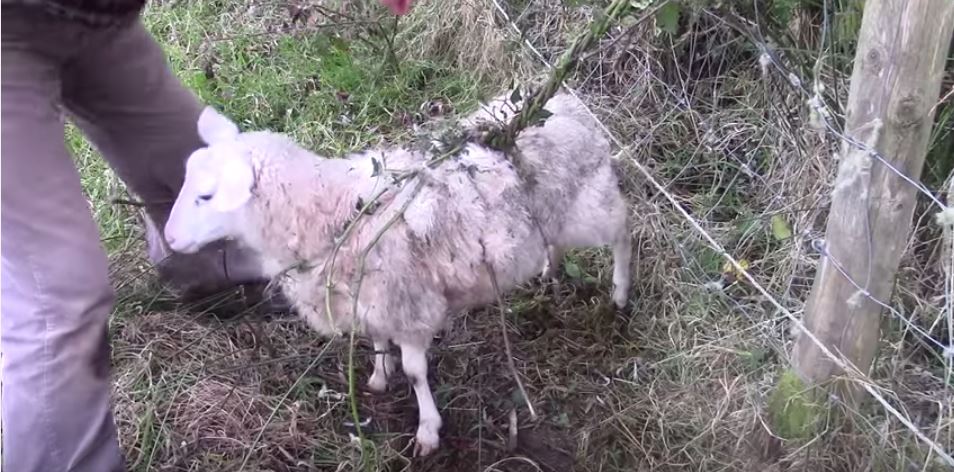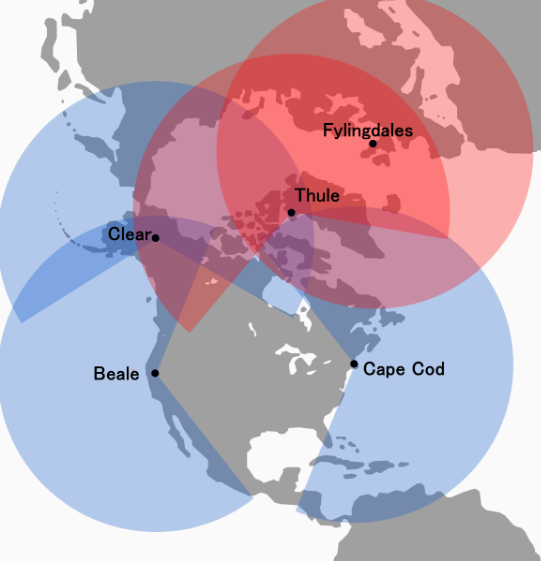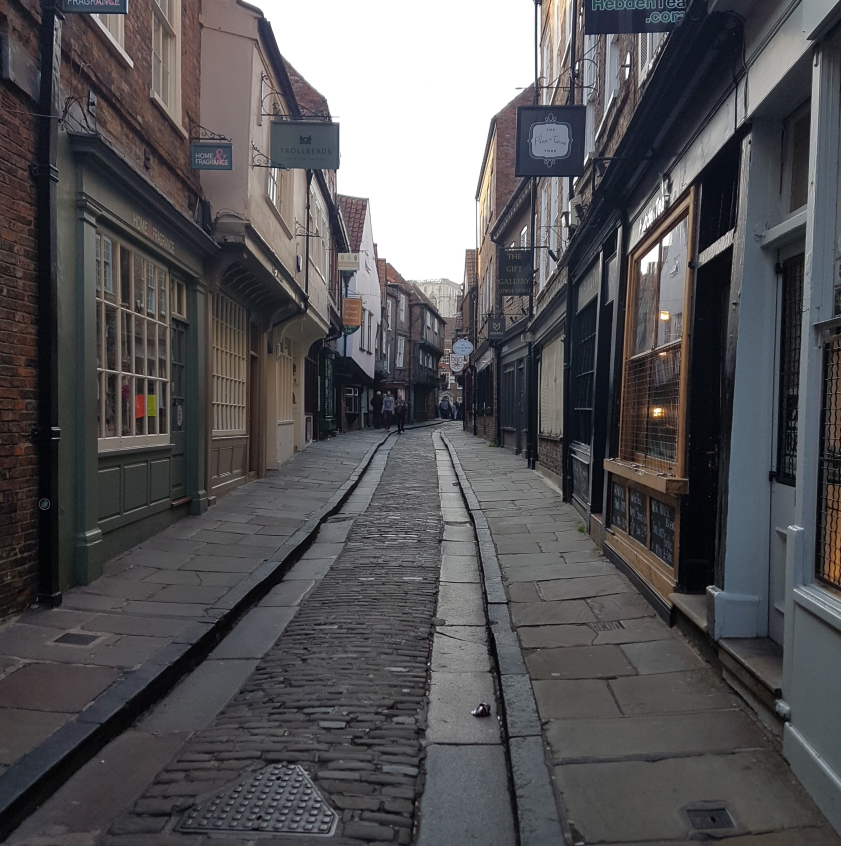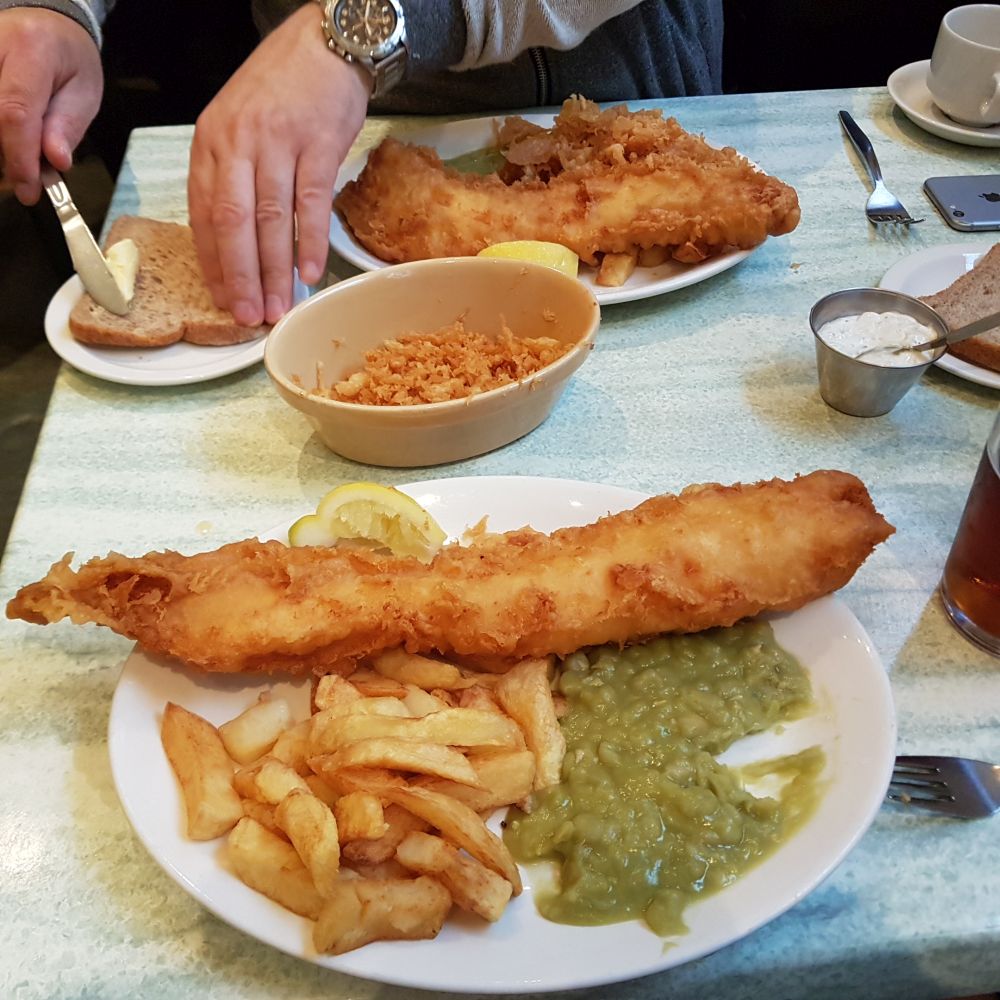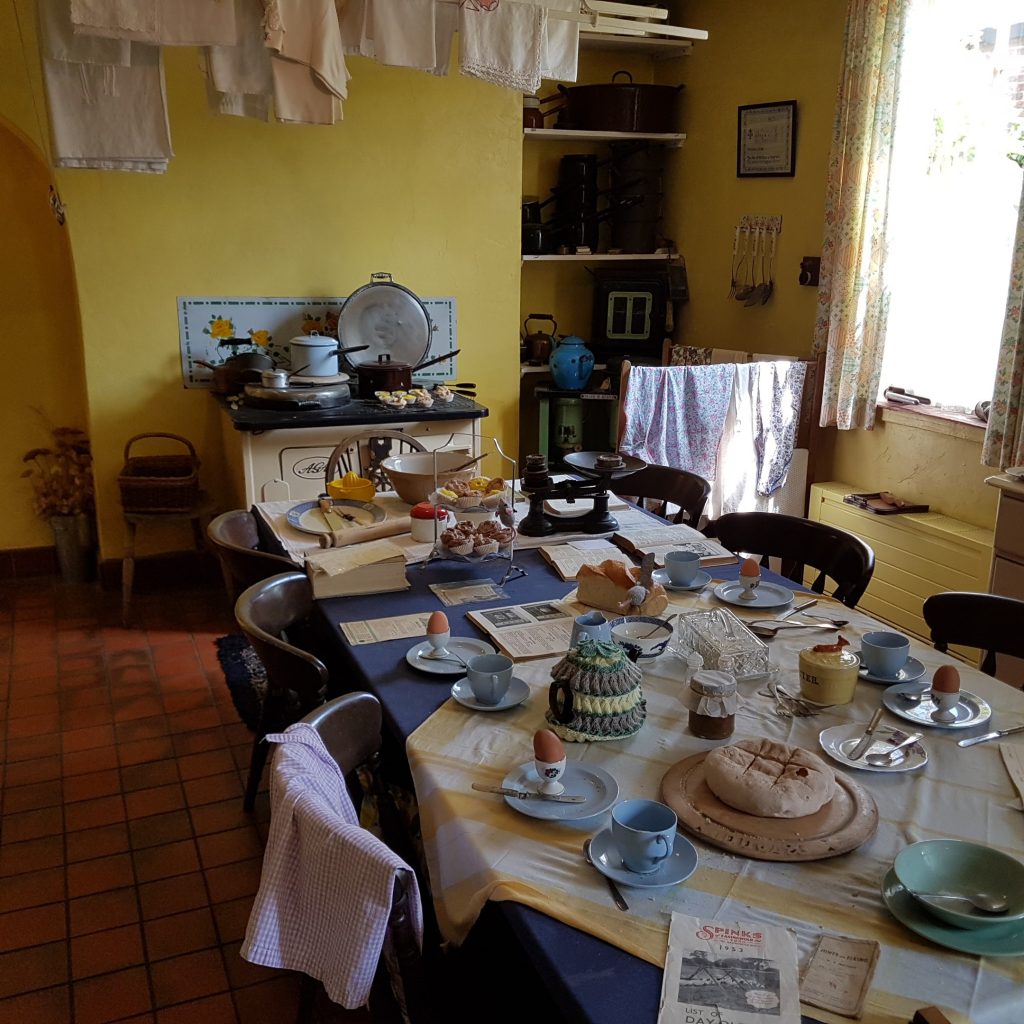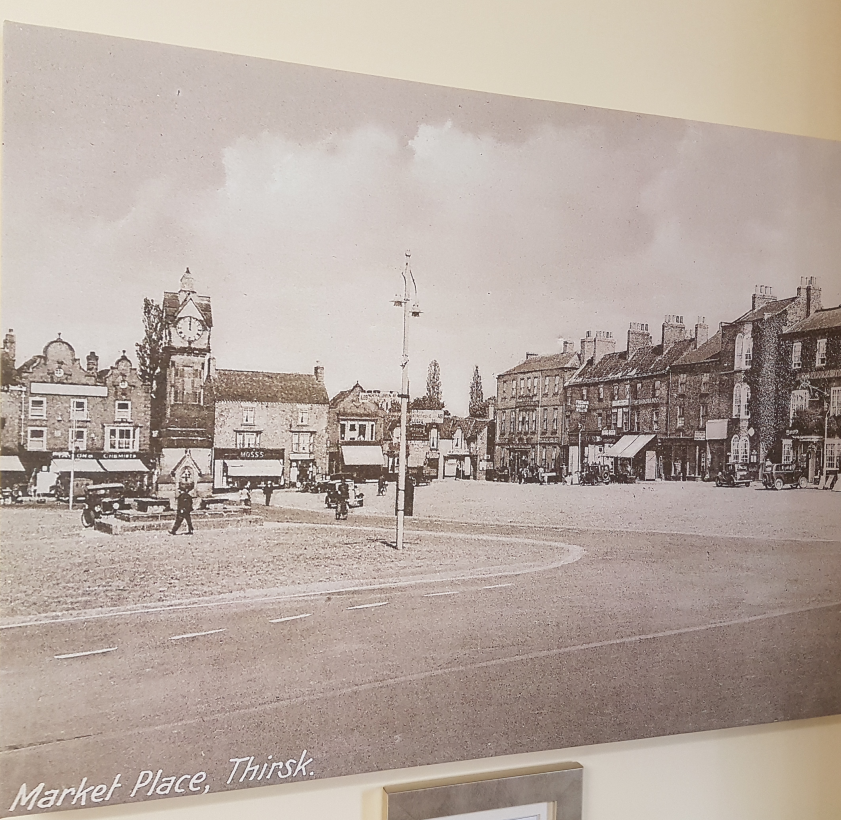I’ve written about trees in the heath and the Gorse of York.
But since my last blog just over 2000 readers have left comments that I made an egregious error!
I showed this picture and referred to it as gorse:
My dear readers, mea culpa. I did make a mistake ad attached the wrong picture! You were right, that wasn’t gorse, it was heath.
This is the gorse:
Interestingly, there is some speculation that certain types of thorny bushes that grow in nutrient poor areas are in fact carnivorous: the thorns are not designed to retard animals but rather to capture them, so the remains of their dying carcasses can fertilize the ground. Gorse seems not to be in that category, as the thorns tend to repel rather than hold trapped animals. But an interesting theory nonetheless.
